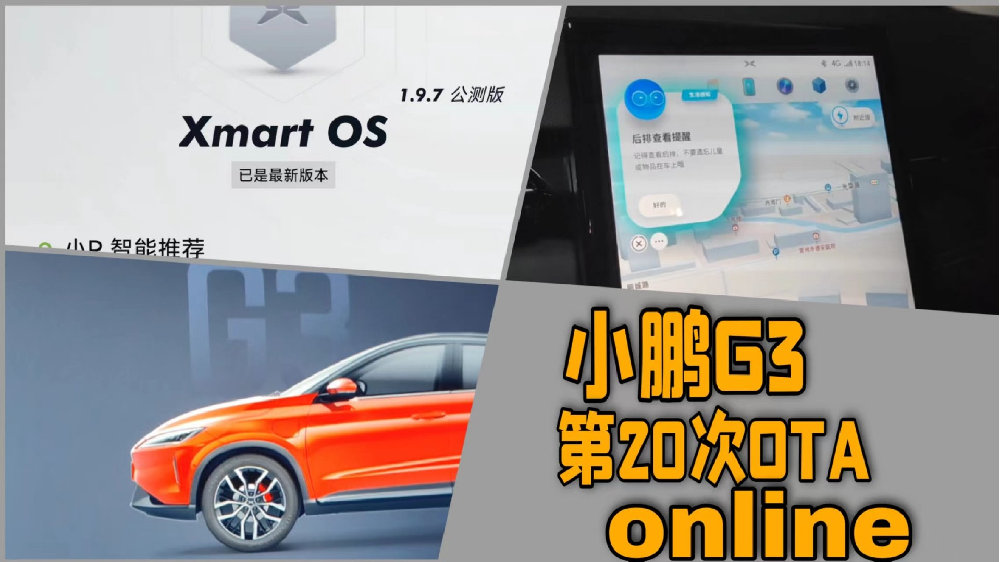After six months of waiting, my XPeng G3 has received its 20th OTA upgrade. This time the upgraded version is Xmart1.9.7 beta, and I don’t want to let down my hard-earned beta code, so let me record the whole upgrading process for you:
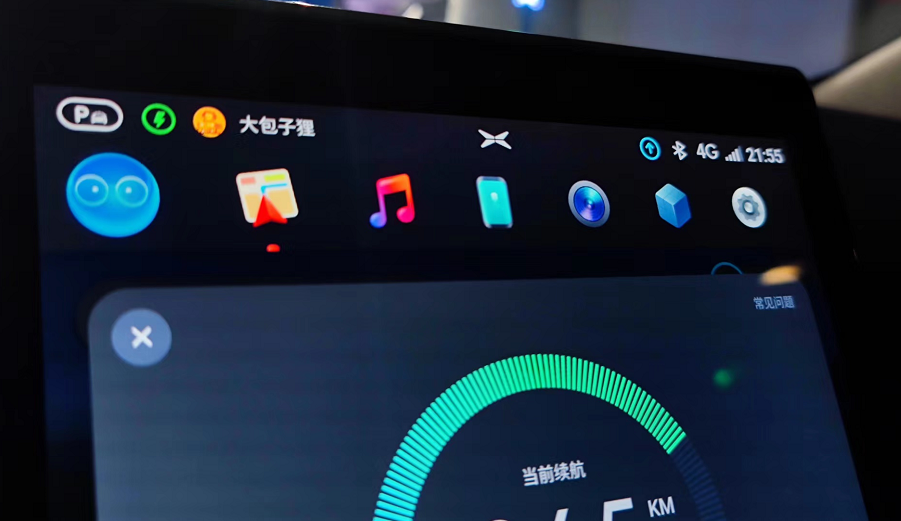
First of all, I received the prompt when I was charging at the supercharging station. A cute blue icon appeared in the upper right corner of the car screen, indicating the upgrade prompt from XPeng. When you see this prompt, it means that the car system has downloaded the upgrade package for you. XPeng’s upgrade not only has prompts on the car screen but also on the phone. Moreover, it supports vehicle upgrade starting from the phone. I am proud to say that XPeng is the first brand to launch vehicle upgrading from a mobile phone in mass-produced cars. I still remember the early days when there was no mobile phone upgrade. We and a group of friends often stayed in the car after getting home, waiting for the upgrade icon to pop up on the car screen, or turned on the car screen when taking a walk after dinner.
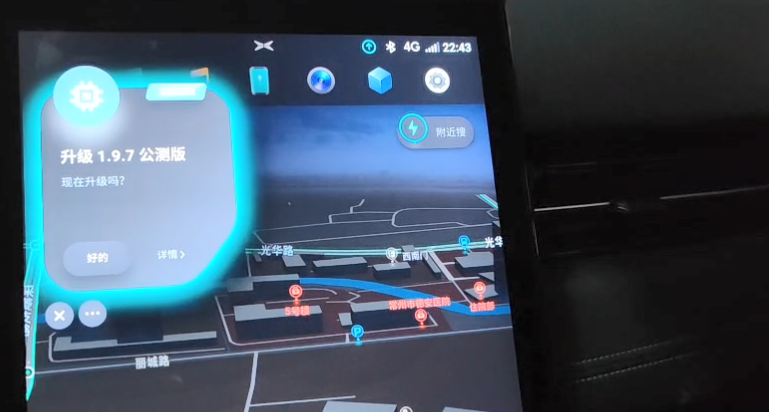
After clicking the prompt, the car can automatically enter the upgrade check state. At this time, the vehicle will automatically detect whether it meets the upgrade conditions, such as whether it is in charging state, whether it is in parking gear, whether the power is sufficient, etc. When the upgrade conditions are met, the vehicle will automatically enter the next step of the upgrade.
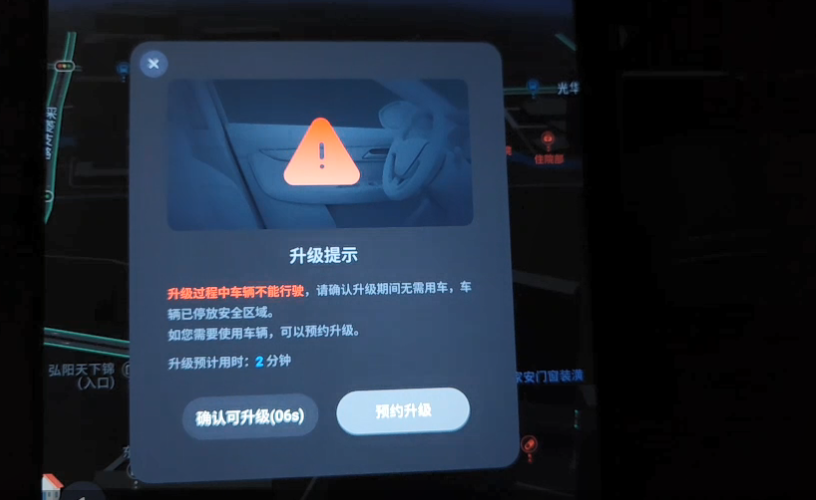
As this was a small upgrade, it took a relatively short time. After updating the necessary functional components and optimizing the car application, the car automatically restarted and entered the new version of the car screen interface. The whole process took about three minutes. At this time, I have to remind you that you must restart the vehicle for the upgrade to be completed. Of course, the considerate XPeng will also send out a prompt.
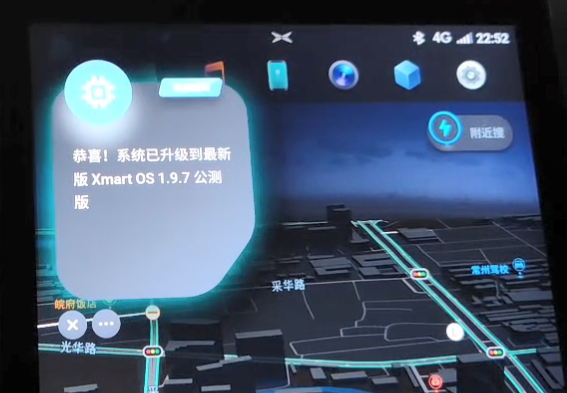
Returning to the theme of this upgrade, the main feature added to G3 is the reminder function of the remaining rear seats. The description of this feature is as follows: “If it is found during this trip that the rear car doors and seat belts have been opened, XPeng will remind you not to forget passengers or items in the car when you get off the car.” This should be a new feature for the G3 model in the past six months. Although it is a small feature, let’s see how the experience is.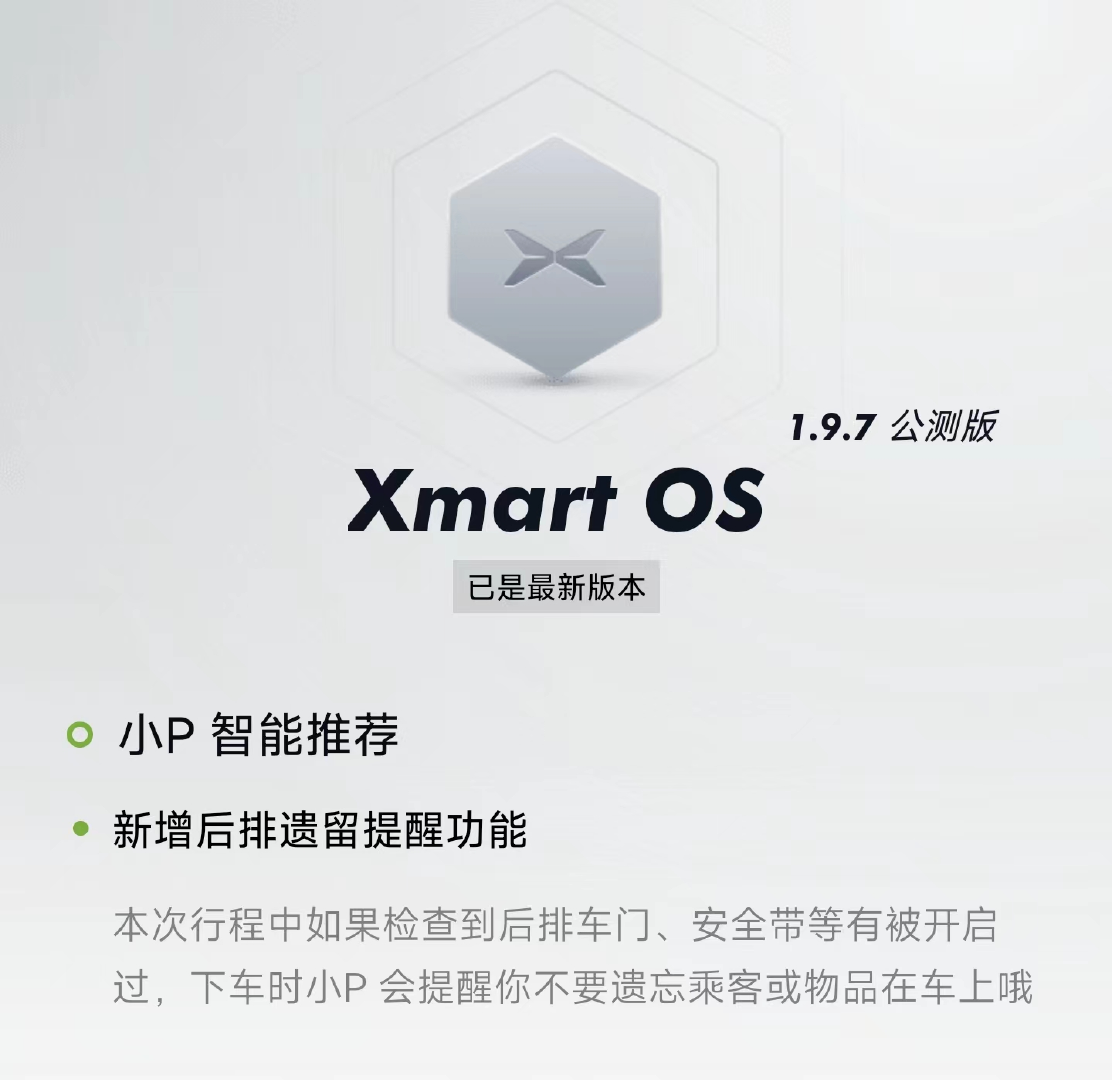
To begin with, turn on the reminder switch. The reminder switch may be a bit difficult to locate. You have to click on the small P’s avatar and find the 【Rear Seat Reminder Switch】 in XiaoPeng’s intelligent reminder function. By default, it is off. When you click to turn it on, you need to pay attention to the button layout. Traditionally, we think the confirmation button is on the left and the cancel button is on the right. However, the buttons are reversed this time, with the confirmation button on the right and the cancel button on the left. I assume this is to help users better confirm what feature they have enabled, but it could also cause a problem if they are not paying close attention and accidentally choose the wrong option.
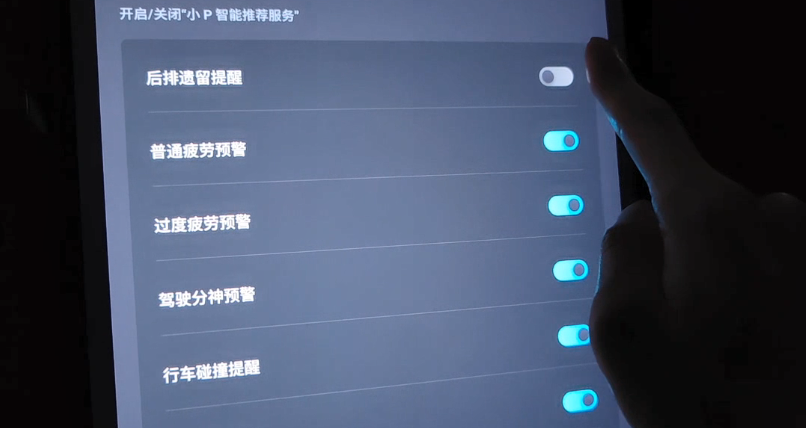
Next is the actual user experience of the feature. In my personal experience using it for a day and a half, I found that as long as there are people or items in the rear seat, the car system will issue a prompt when the driver leaves the vehicle. With the prompt sound and icon provided, the driver should be reminded to check if there are any forgotten people or items in the back seat. Based on my several attempts at simulating the feature, I feel that the logic of the prompt roughly follows these steps:
-
The vehicle has opened the rear door before starting or used the rear seat belts (there is a change in the status of the seat belts).
-
The vehicle has gone through the entire process of switching from P gear to D gear, then back to P gear, and the doors are locked.
-
The driver unlocks the doors and opens them.
If the above steps are achieved one by one, then the vehicle will automatically issue a reminder, with XiaoPeng reminding you to “Remember to check the rear seat and don’t forget children or items in the car.”
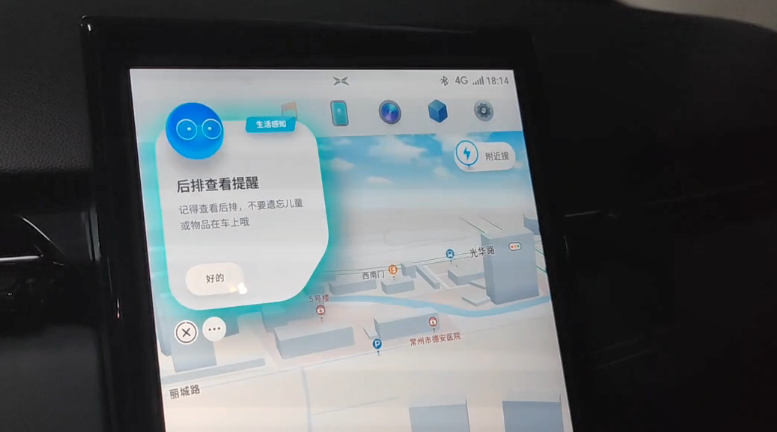
I invited some friends to experience this feature and their feedback was positive. It is not a big surprise, but they thought it was a thoughtful little feature. There are times when they forget items in the back seat and a reminder makes a big difference, as it can help them immediately remember.
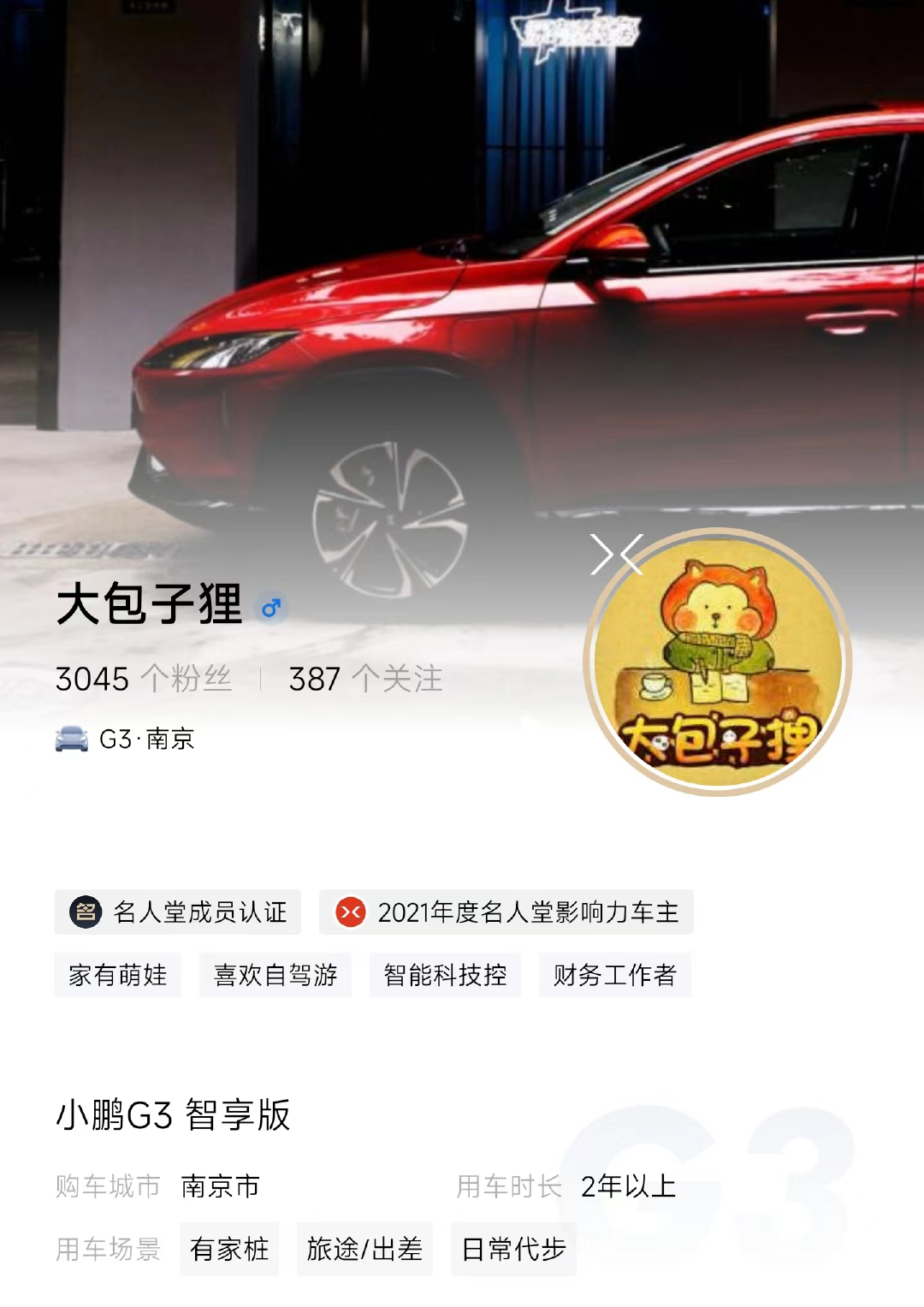 It has been 35 months since my G3 was placed in my hands. I’ve experienced 20 OTA upgrades since the first version. For a car in the 15-20W price range that was delivered in early 2019, can any other brand offer the same experience? Even now, there aren’t many purely electric SUV models available at this price point. My G3 has provided me with an outstanding experience that exceeded my expectations. If you’re interested, you can see the complete history of my G3 updates on Zhihu, including all the content updates.
It has been 35 months since my G3 was placed in my hands. I’ve experienced 20 OTA upgrades since the first version. For a car in the 15-20W price range that was delivered in early 2019, can any other brand offer the same experience? Even now, there aren’t many purely electric SUV models available at this price point. My G3 has provided me with an outstanding experience that exceeded my expectations. If you’re interested, you can see the complete history of my G3 updates on Zhihu, including all the content updates.
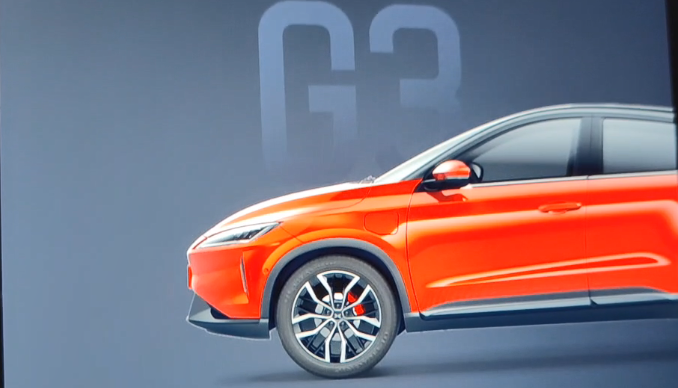
Of course, there are bound to be issues with a public beta version, as it’s meant to gather feedback. My personal suggestions and recommendations are as follows:
-
The OTA content needs to be explained in detail. For example, after this update, the in-car and mobile phone notifications are only one sentence, with no explanation of how to turn on the function. This has caused many beta testers to be unable to activate the function, and some even think the experience is invalid or that the functions are not user-friendly. I suggest that for each OTA update, XPeng can use video and text to give a clear overview of the reasons for the update, operation instructions, and future plans, so that users can have a better understanding of these updates.
-
As for the reminder function, first of all, is it possible to establish a logic that will not remind passengers who have already left the car? For example, if the passengers have opened the door, fastened the seatbelt, unfastened the seatbelt, and then opened the door again in one trip, can the reminder be automatically disabled since the passengers have already left? Secondly, can a mobile phone reminder (with on/off option) be sent, so that users who need it can also see the reminder on their phones when they walk away from the car? Finally, I suggest varying the voice prompts and icons, as the current reminders are too repetitive.
-
Although the G3 is a three-year-old model, both the advanced driving assistance system and the smart cockpit have reached the limit of their hardware potential. How can XPeng use the existing hardware to provide better upgrades (such as increasing the usefulness of the app store), or provide a hardware upgrade channel (such as replacing the 820A display screen), as many users who wanted to replace their screens have had to return their cars due to a lack of stock. Alternatively, with the three-year replacement period soon approaching, does XPeng have any specific plans? For example, for SUV owners like myself, will there be some plan for G9 in the future? I look forward to your answers.4. In terms of OTA itself, it should be the original intention and closed loop of OTA services to communicate more with users. Regardless of any considerations, sincere communication with users is believed to obtain more understanding and support from users. After all, car owners are believed to hope that their vehicles can become better and better. Although there are various hardware limitations, within the limitation, reasonably informing car owners of the current planning and ideas, and discussing and providing suggestions together, is believed to be a very good way and channel. OTA is not only an upgrade of the vehicle itself, but also an upgrade of the smart manufacturing mindset.
-
Finally, there are some small details to be done well. For example, in the registration form for this beta version, the P5 letter was written on it. After the upgrade, the content in the version information still showed 1.9.4… I think such low-level mistakes were encountered about 10 times out of 20 upgrades. I hope more confirmation can be done on these small details.
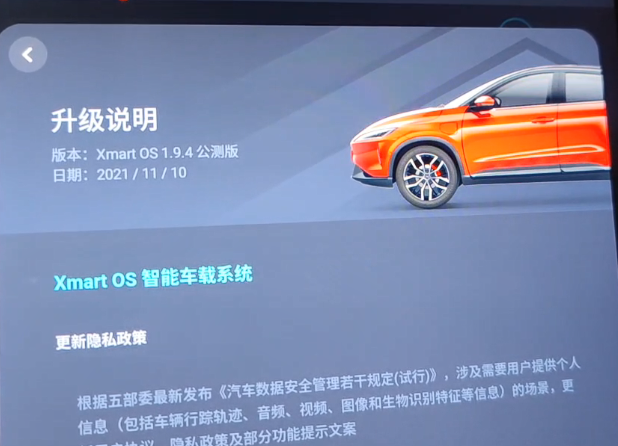
By the way, I recently also compiled the energy consumption record of my G3 for two weeks of usage, which is a 365 model. How is the G3’s battery life and charging performance under daily commuting conditions, after three years of usage? Stay tuned for my sharing on “Big Bun Raccoon”.
This article is a translation by ChatGPT of a Chinese report from 42HOW. If you have any questions about it, please email bd@42how.com.
